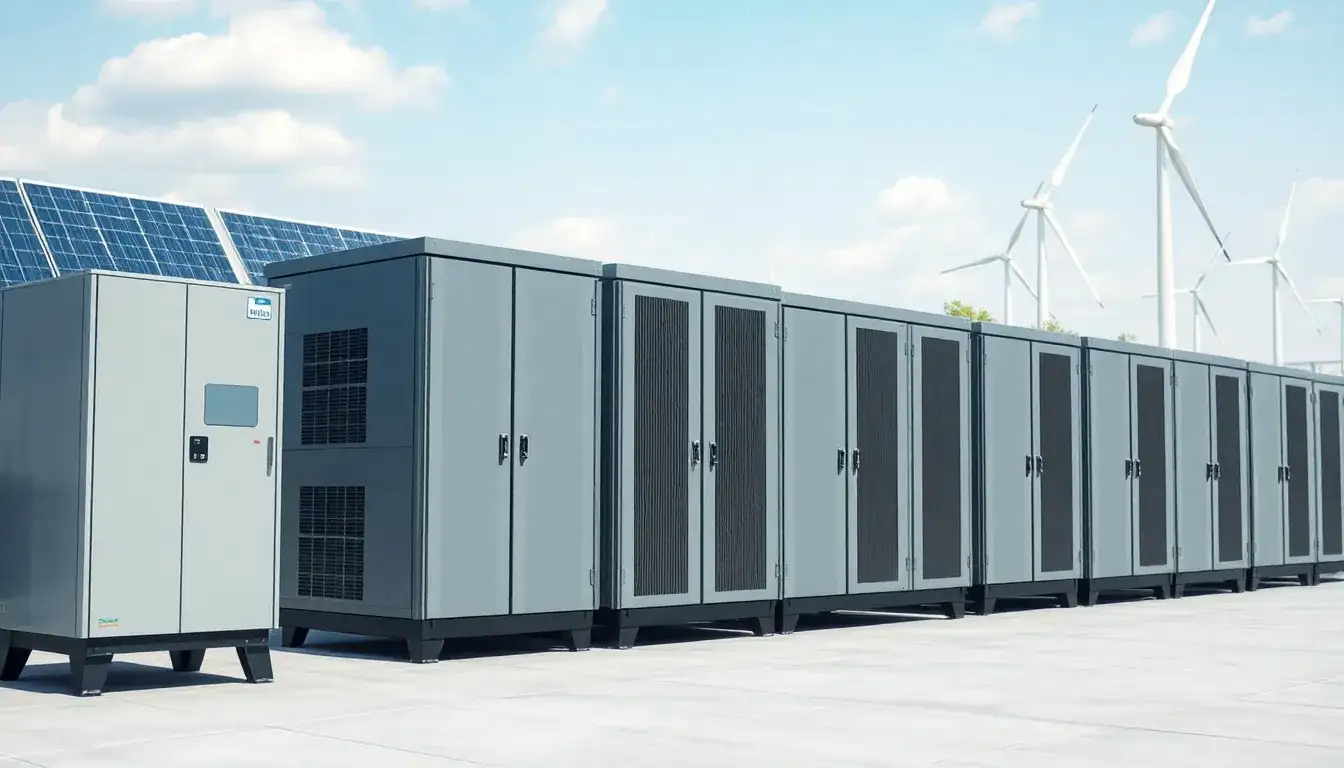
On March 23, the 15th Energy Storage Conference and Exhibition (referred to as “CIES2025”), organized by the China Chemical and Physical Power Industry Association and supported by over 500 institutions, was held at the Hangzhou International Expo Center.
The theme of the CIES conference was “green, digital intelligence, integration, and innovation.” It focused on discussing key issues, opportunities, and challenges facing the energy storage industry. Participants shared insights on sustainable development policy mechanisms, capital markets, international markets, cost management, intelligent system integration technology, supply chain systems, business models, technical standards, application cases of demonstration projects, new products, and solutions for large-scale engineering applications.
According to preliminary statistics from the Energy Storage Application Branch of the China Chemical and Physical Power Industry Association, by the end of 2024, China’s new energy storage capacity is expected to reach 74.66 GW/176.45 GWh, surpassing pumped hydro storage for the first time.
Wang Zesheng, the Secretary-General of the China Chemical and Physical Power Industry Association, stated that the Chinese energy storage industry is transitioning from “policy-driven” to “innovation-driven” and from “scale expansion” to “quality and efficiency first.” The construction of new energy storage plants must consider the current state of provincial grid frameworks, adjustment capacities, and absorption capabilities. This should be approached from three dimensions: optimal construction costs, maximum adjustment capacity, and highest absorption capability, using systematic, collaborative, and holistic thinking to overcome development obstacles.
Sun Ying, Deputy Director of the Energy Research Institute at the National Macro Economic Research Institute, noted that the global energy structure is rapidly transforming, with renewable energy generation capacity, particularly from solar and wind sources, continuing to rise. Energy storage has become a crucial supporting technology for new power systems. In recent years, China’s energy storage industry has entered a period of rapid development, with diverse technological routes and expanding application scenarios. By the end of 2024, the installed capacity of new energy storage is anticipated to reach 73.76 million kW, surpassing pumped hydro storage. Lithium battery storage is currently the market leader, while compressed air, flow batteries, and flywheel technologies are accelerating in adoption. Several 300-megawatt compressed air storage projects, 100-megawatt flow battery storage projects, and megawatt flywheel storage projects are under construction, showcasing a trend toward diversified energy storage technologies.
In February, the National Development and Reform Commission and the National Energy Administration issued a notice on deepening the market-oriented reform of new energy grid pricing to promote high-quality development of renewable energy. This initiative aims to guide renewable energy participation in the electricity market while fostering an external environment conducive to the market-oriented development of energy storage. Additionally, the Ministry of Industry and Information Technology released an action plan for the high-quality development of the new energy storage manufacturing industry, outlining directions for future technological innovation, industry layout, and demonstration applications. The new energy storage industry is gradually transitioning from its initial commercialization phase to large-scale development.
Cui Jian, President of Xiamen Kehua Data Technology Co., Ltd., indicated that in 2024, new energy storage projects will enter the GWh era, marking the beginning of large-scale development and the conditions for widespread commercial application. This year is expected to witness explosive growth in the energy storage industry in terms of market scale, technological breakthroughs, and policy innovations.
However, Cui Jian also emphasized the need to be aware of the challenges facing the industry amid this rapid development: the competitive pricing of systems leading to “involution,” declining returns on energy storage assets, the urgent need for innovative business models, a rise in safety incidents, and the disjointed nature of the industrial chain due to rapid industry advancement. These issues, while challenging, are also essential for the industry’s transition to high-quality development, requiring a calm and objective approach to tackle them.







